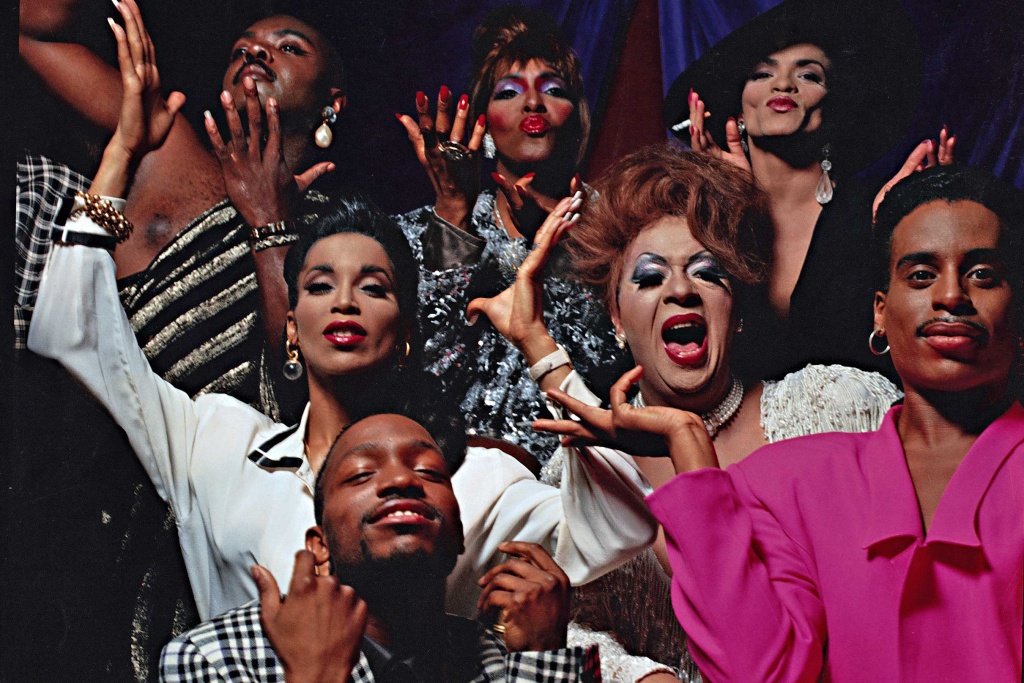On the 50th anniversary of the Stonewall uprising, the focus in one part of Philly was the history of queer transpeople of color — specifically, the house and ballroom scene of the 1980s.
At West Philly’s Pentridge Station, all eyes were on a pop-up screening of the remastered rerelease of “Paris is Burning,” director Jennie Livingston’s 1990 documentary on New York City’s drag doyennes, gay boys and the family-based house culture.
The film’s original release was credited with bringing the famously underground ballroom scene out in the open. It went beyond just the posing, shapeshifting, voguing and glam on the ballroom floor, instead documenting the makeshift stages in old gyms, recreation centers and VFW lodges.
In Manhattan’s Gay Community Center on 13th Street, competing Houses (e.g., the House of LaBeija, the House of Dupree, the House of Ninja) would go to friendly war on the runway for a greater sense of acceptance.
The film reveals a sense of order, community and support lacking in many queer folks’ lives as a result of disownment and abandonment by biological families.
The ballroom scene also created acceptance and provided a sense of accomplishment through orchestrated competitions in elaborately costumed balls.
It’s fitting that cinéSPEAK — an “emerging justice-centered independent mobile cinema organization,” according to director and founder Sarah L. Mueller — screened the rereleased iconic film, in addition to “Happy Birthday, Martha!” on June 28, a half-century to the day when the LGBTQ community revolted against police raids at Manhattan’s Stonewall Inn. The lesser-known ballroom community had its own battles to fight.
From the documentary, we learned that “mothers” — primarily but not exclusively “queens” and transwomen of color — and their “children” created a fresh sense of what the nuclear family could be when faced with oppression, poverty, racism, homophobia and transphobia.
Socially shunned performers, taking their cues from the high-priced world of fashion and panache, could find love, family and victory by being themselves and having a delicious sense of how to move and pose. If you could “vogue” — dancing, then freezing, while creating elaborate shade-throwing poses – all the better.
Time hasn’t dimmed the clarity, confidence and brio of “Paris is Burning.” The legends captured on film — including Willi Ninja, Pepper LaBeija, Paris Dupree, Dorian Corey and Brooke and Venus Xtravaganza, among others — are shown “walking for realness” (passing as a member of the group being portraying) or achieving “banjee realness” (gay men portraying male archetypes such as sailors and soldiers).
Some walks were dedicated to divine fashion sensibilities or how dynamically one could vogue.
But, 29 years later, the enduring themes of “Paris is Burning” are pride, community, glory and struggle. No matter how vulnerable they were in society, the featured individuals were respected in the ballroom scene for their livelihoods, bravery and flair.
During the AIDS epidemic of the 1980s, systemically vulnerable often meant death.
The film deals with the intersections of healthcare, poverty and race while showing the sense of celebration for which ballroom is still known. The ballroom players faced a government that was letting them die — not just of AIDS, but also of homelessness and a lack of resources — and, somehow, still forged a path to joy and certain honor.
The film shows Brown and Black and Latinx communities with a rich array of gender presentations and sexual identities, all trying to get by and even thrive with humor and strength under impossibly oppressive circumstances.
“Paris is Burning” also gave voice to the music of ballroom, which has passed the test of time — and retains a unique connection to Philadelphia with native singers like Patti Labelle (“Over the Rainbow”), Barbara Mason (“Another Man”), The Three Degrees (“Love is the Answer”) and First Choice (“Let No Man Put Asunder”).
The documentary brought mainstream communities into the ballroom subculture while keeping its true characters out of the limelight. Created by a middle-class white woman who didn’t pay her subjects under the guise of creating a doctoral thesis film, critics have questioned whether she exploited the scene and its participants.
But there’s no question that “Paris is Burning” brought a singular focus to a struggle that was being waged strictly underground.
